Hawaii’s Kilauea volcano began erupting early on Monday morning this week. The dramatic event has caused Hawaii Volcanoes National Park to close.
The eruption began around 12:30 a.m. on Monday of this week. The flare-up was caused by increasing earthquakes and ground deformation in the area. As of late Monday morning, the U.S. Geological Survey (USGS) said the eruption had paused. However, the park still remains closed for various safety reasons.
Reasons for Closures in the Park
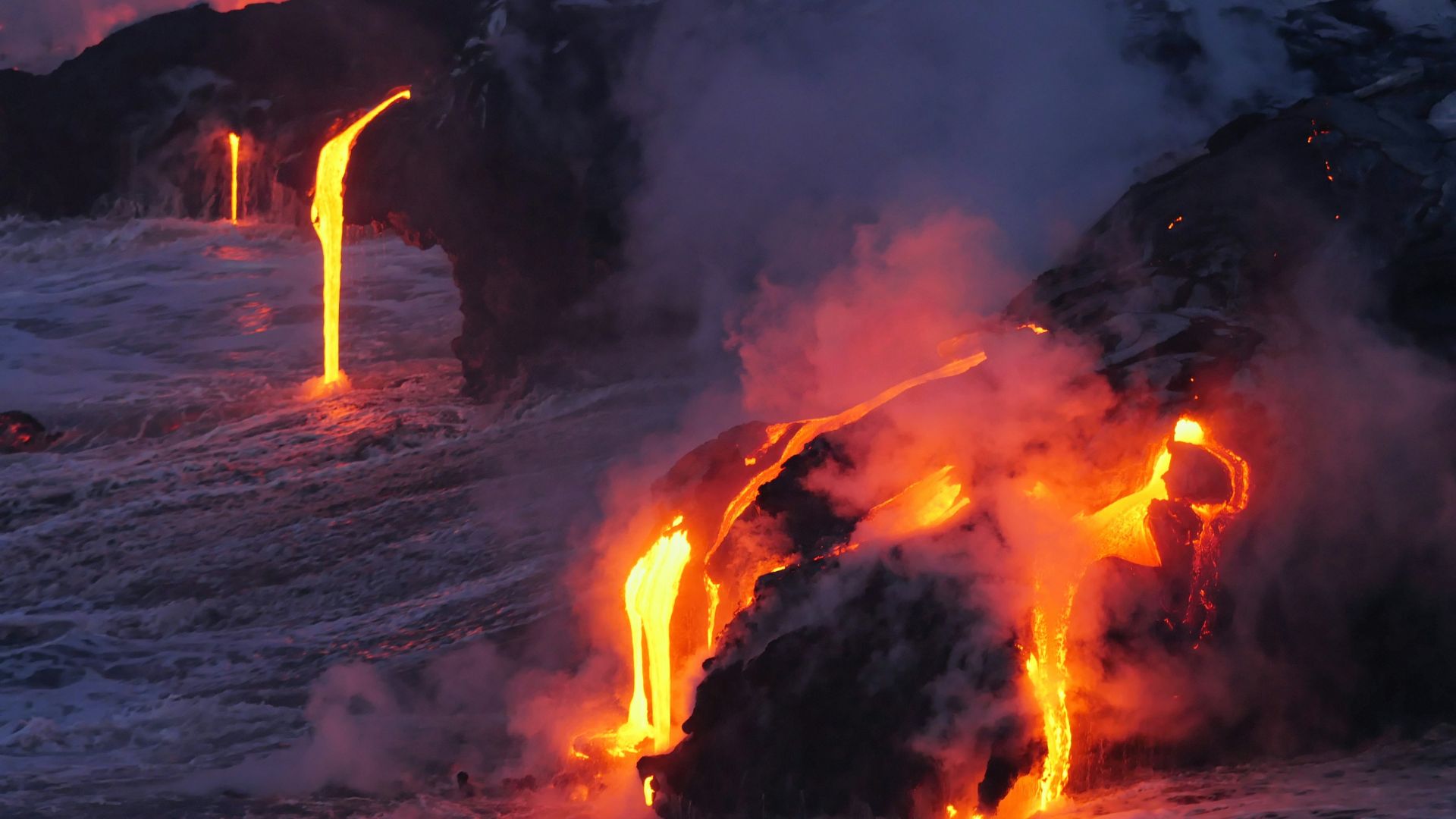
According to park officials, the closures were made “due to the remote and unpredictable nature of the fissure eruption.” Although the eruptions have paused for now, they can unexpectedly begin at any time.
The areas from Hilina Pali Road from Chain of Craters Road intersection, Kulanoakuaiki Campground, Pepeiao Cabin, Ka’aha Trail and campground, Ka’ū Desert Trail and pullout on Highway 11 and Maunaiki Trail will be inaccessible to tourists and residents for the time being.
Some Areas of Volcanoes National Park Remain Open
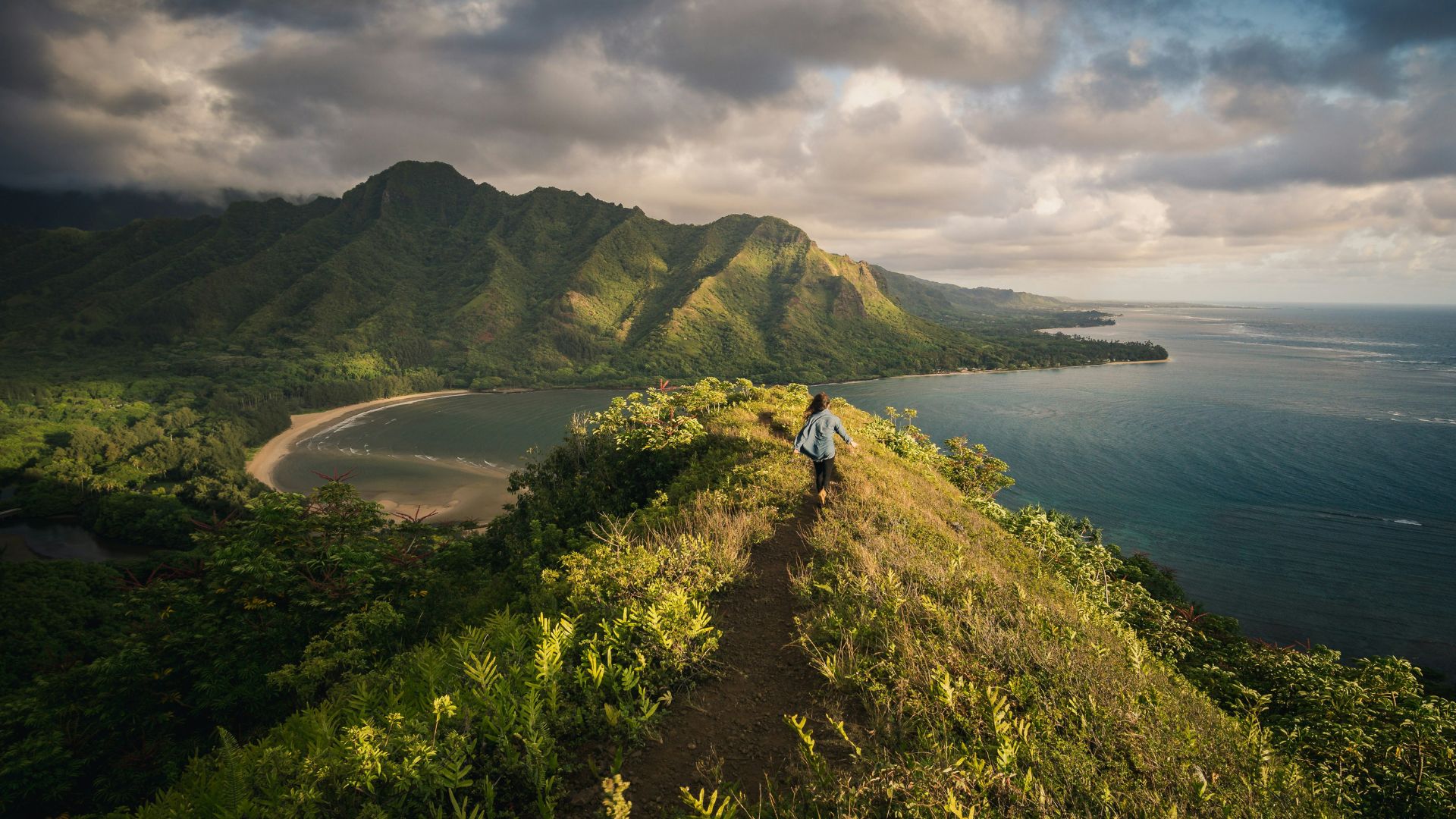
Many places remain open for anyone visiting with hopes of seeing the historic volcano park. The Kīlauea Visitor Center overlooks the Crater Rim Trail, Volcano House, Nāhuku lava tube, and Chain of Craters Road will remain open for the time being.
Because of the park closures, these areas will likely be busier than usual but still accessible. While there are no safe lava viewing places, the National Park Service (NPS) anticipates many visitors seeking a glimpse of the eruption.
Lava Glow Visible From Other Parts of the Island
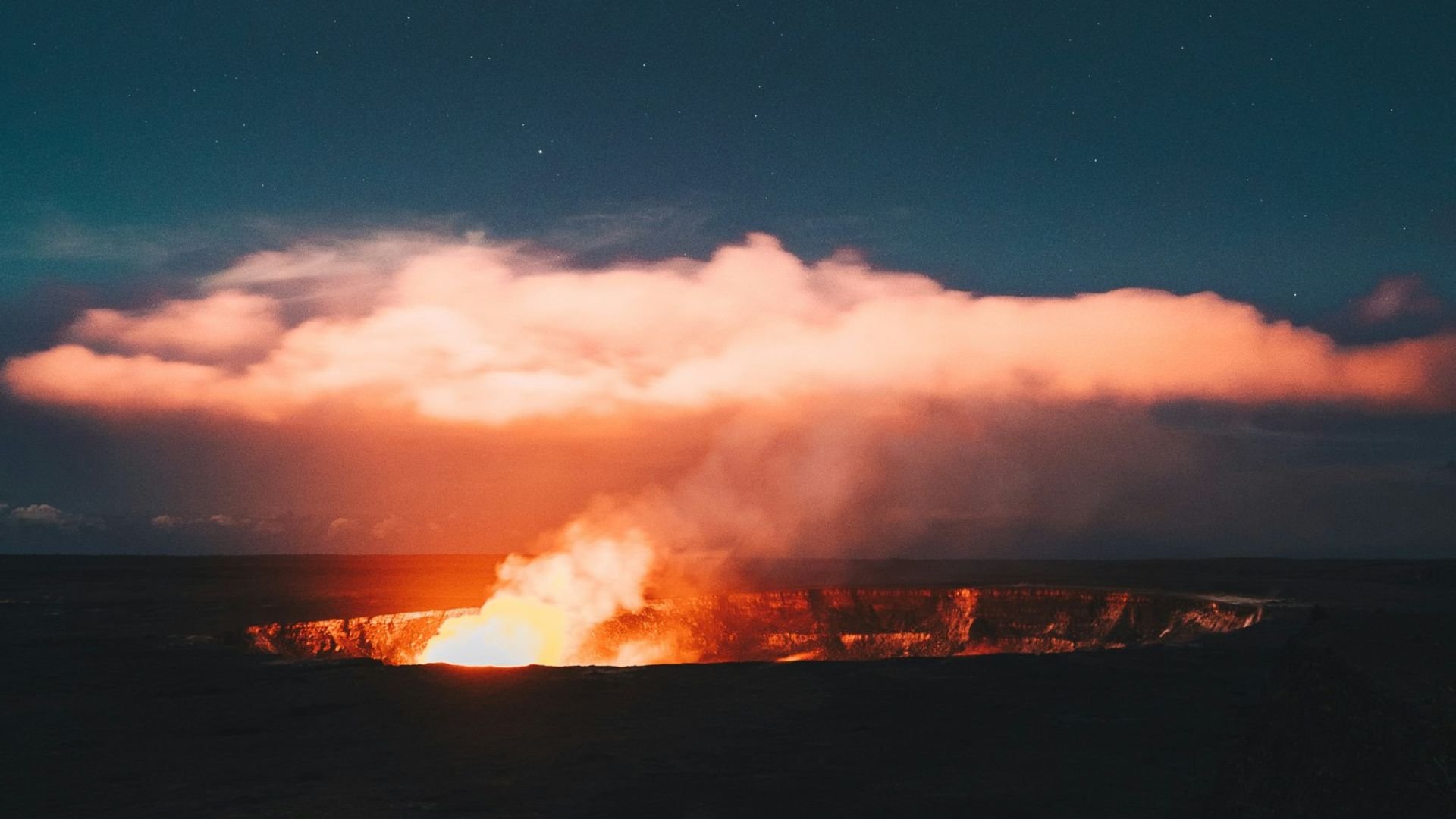
The NPS webpage updated the public on the disaster and places available to view some of the lava flow.
A statement from the website reads: “However, a beautiful red-orange lava glow was visible in the sky before dawn from overlooks along Crater Rim Trail, including Uēkahuna and Volcano House.”
Early Hikers First Spotted the Glow
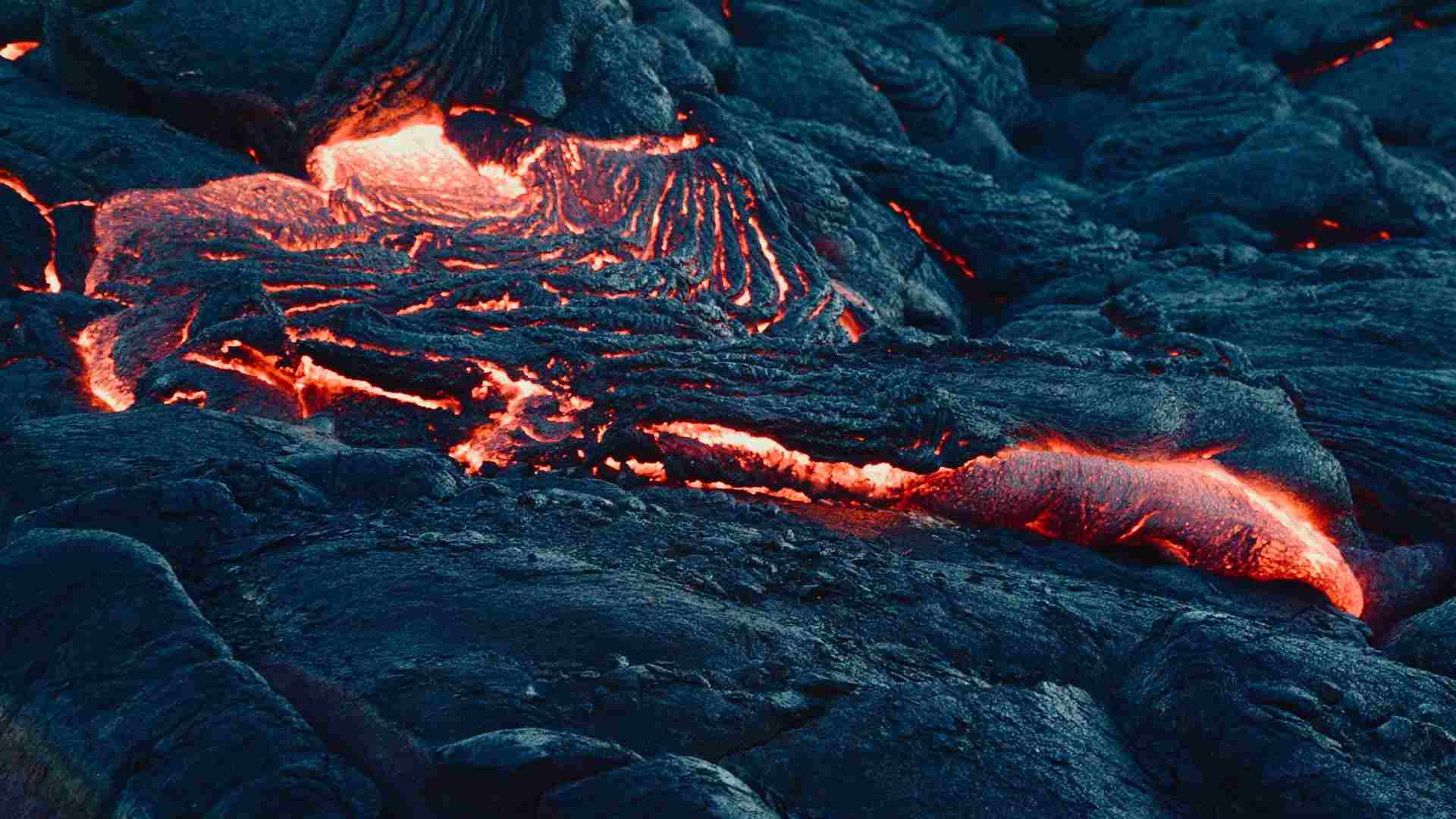
The NPS noted that the glow of the lava was first evident to early risers. The glow of Pele is the elementary force of Hawaiian volcanoes.
The eruption marks the first time lava has been spotted since September 2023. The NPS also noted that “After daybreak, a wispy distant gas plume became visible from Uēkahuna and other summit overlooks.”
Tips for Safely Viewing a Volcanic Eruption
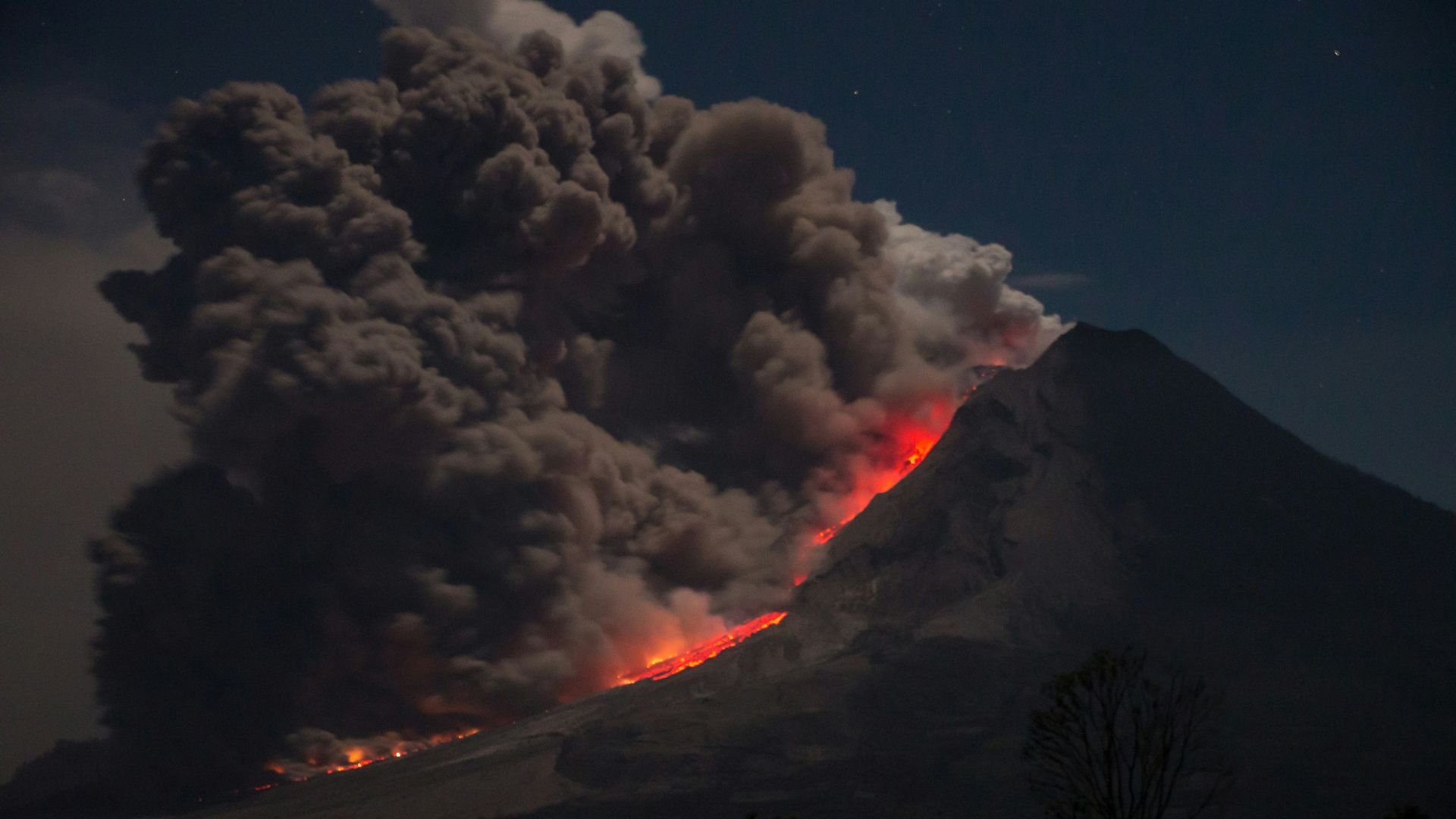
The National Park Service also updated its notes on safe public viewing of volcanic eruptions in Hawaii. The service encourages visitors to seek out once-in-a-lifetime viewing opportunities while respecting the sacredness of Kīlauea.
“Visitors are urged to remain on marked trails and to refrain from entering closed areas. They also are urged to avoid cliff edges and earth cracks,” the webpage said. “Respect Native Hawaiian cultural practitioners who honor the sacred legacy of this land and give them space to practice their customs. Slow down and drive safely. Expect long waits for parking spaces at popular vantage points.”
Volcanic Eruptions Are Not Uncommon on the Island
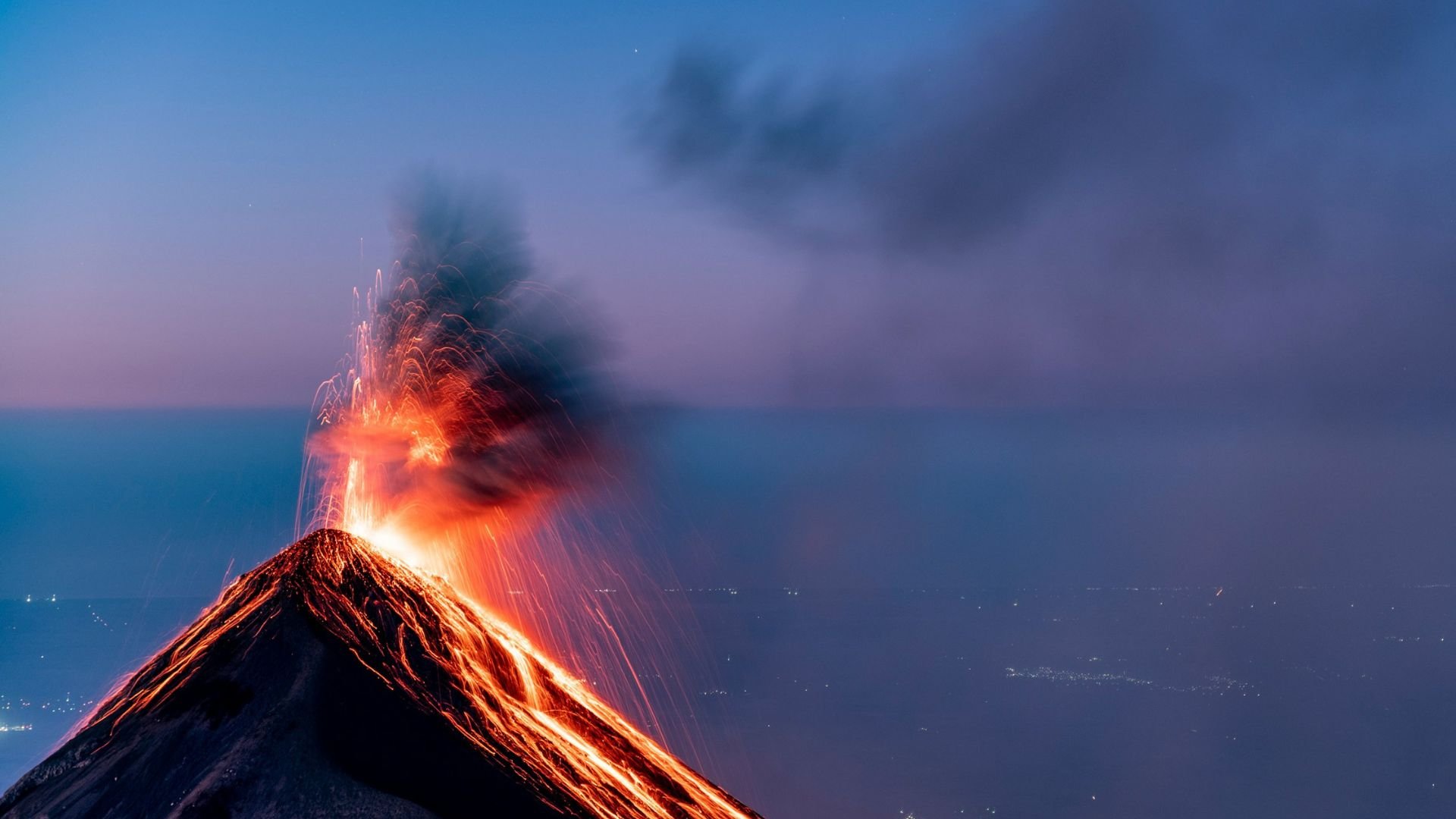
Volcanoes National Park has eruptions often due to the active nature of the volcanoes on the island.
Kilauea is still one of the most active volcanoes on Earth and has erupted frequently in the past 40 years. However, most eruptions are confined inside of the volcanic crater and do not spill over to threaten the park or nearby residents.
Eruptions Have Currently Paused
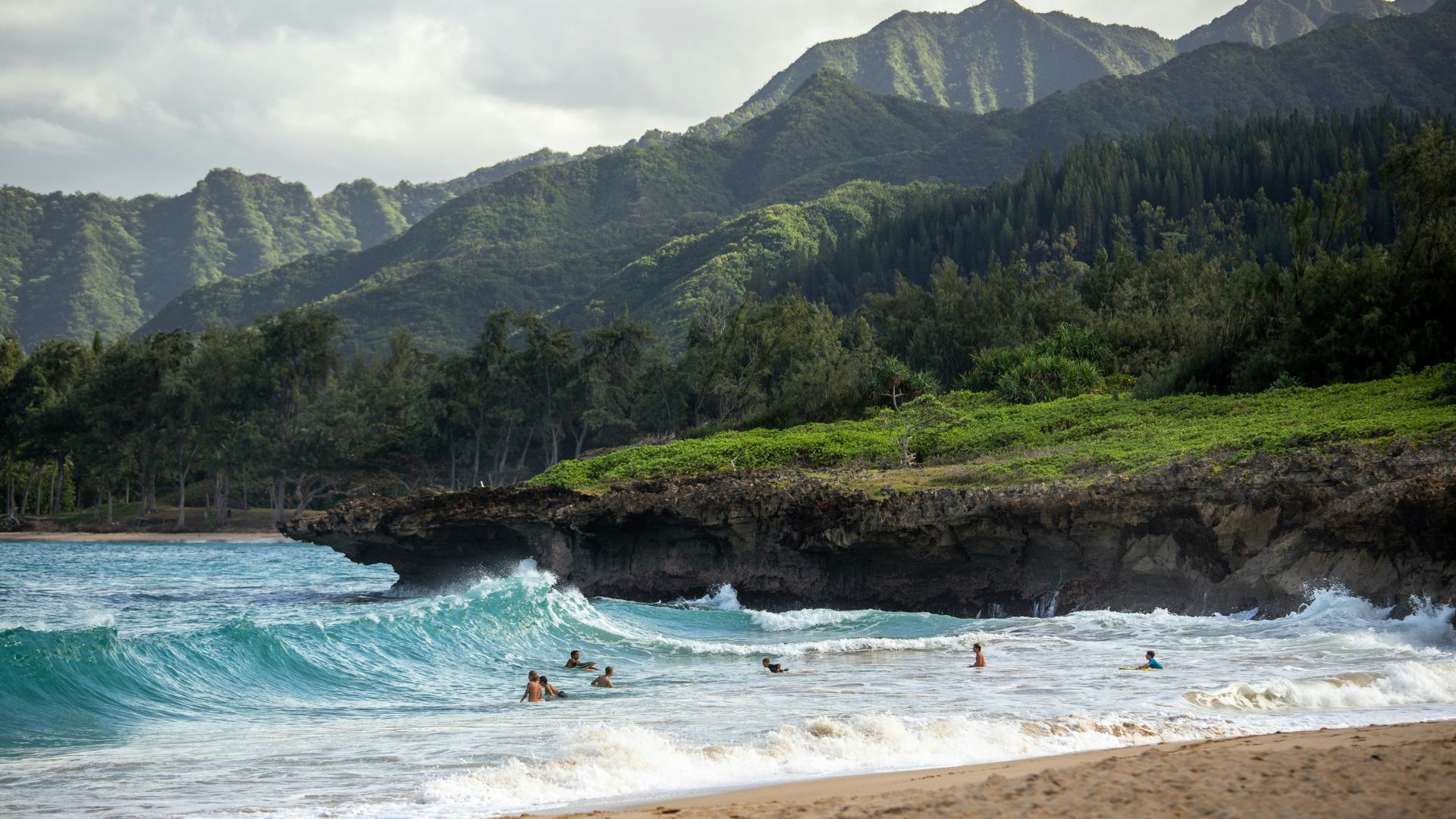
The USGS said that the eruption is currently paused. However, seismicity and degassing will continue for a number of days.
This update means that more small earthquakes are expected in the next few days. As well, degassing refers to the ability of magma to relieve some of its own pressure. If the degassing process works correctly, the pressure will settle, and no more eruptions will occur.
Visitors Encourages To Visit the Other Side of the Volcano Park
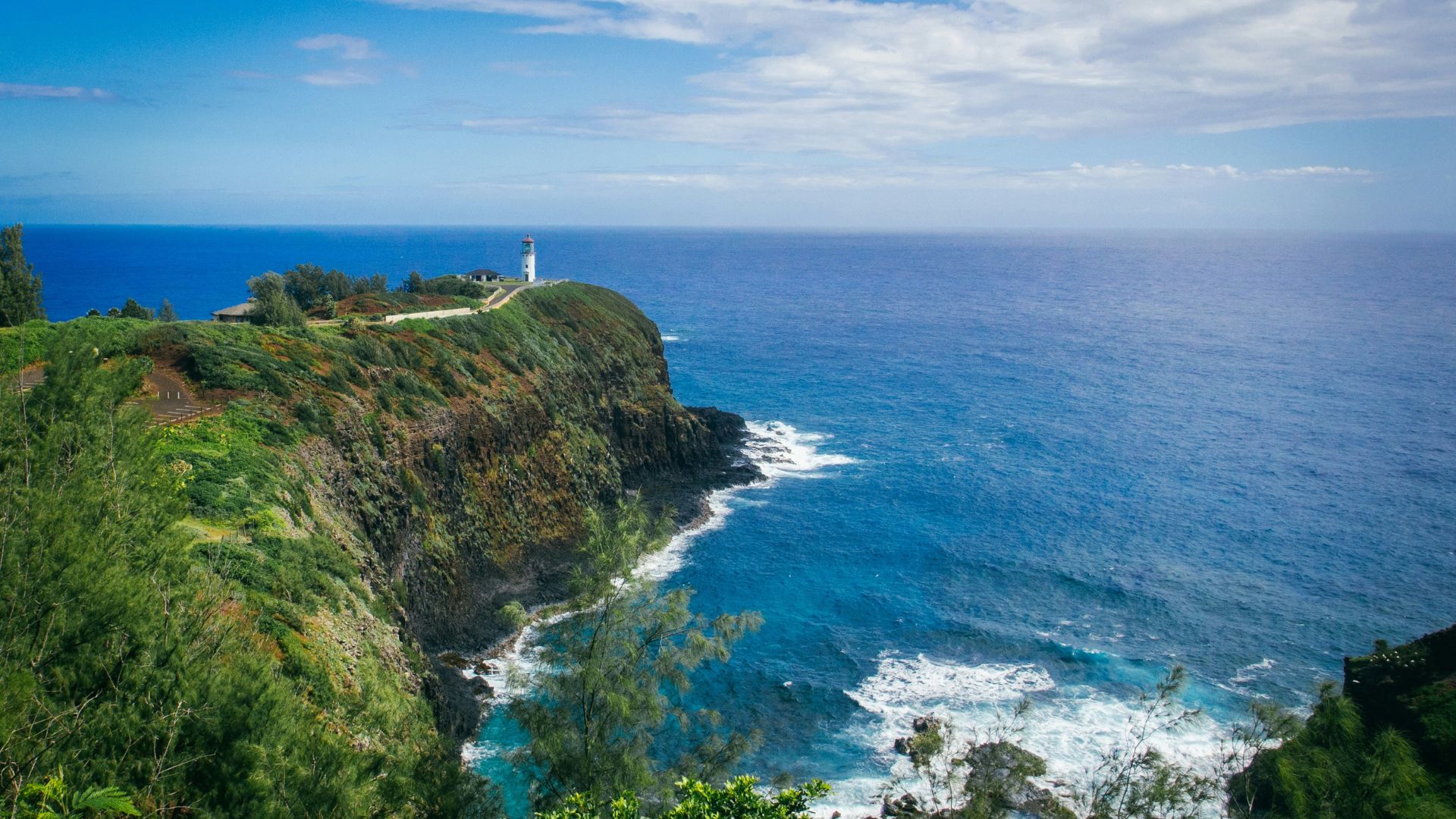
Visitors are still encouraged to visit Mauna Loa instead. It’s another major volcano located in the park and remains open.
Mauna Loa was considered the largest volcano on Earth until Tamu Massif (a large geological formation off the coast of Japan) was discovered, which is also part of the Ring of Fire.
Why Is the Ring of Fire So Active?
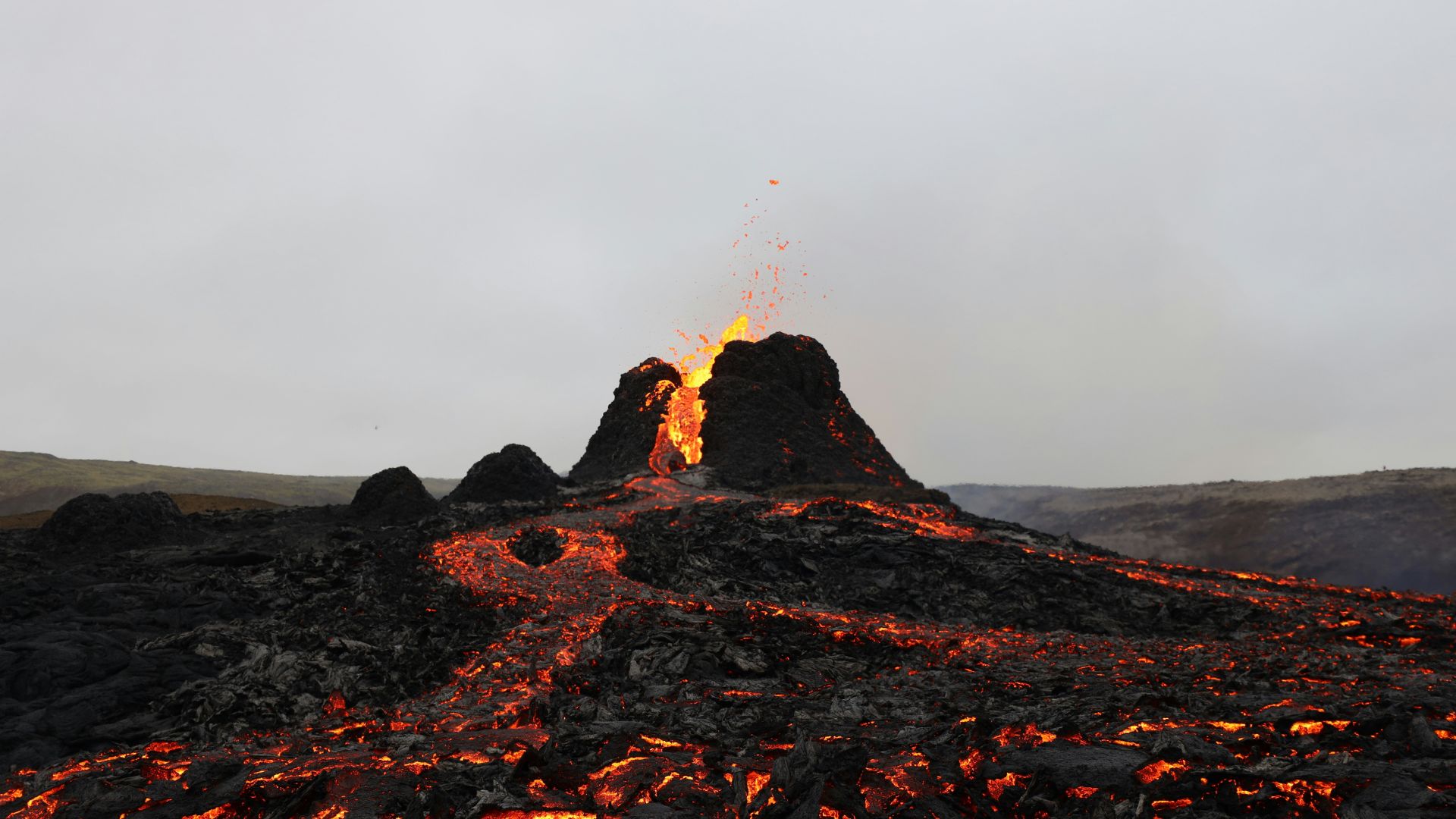
The Ring of Fire is a seismic zone that reaches all around the coast of North America and around Asia and Australia, it creates a sort of horseshoe formation.
Active volcanoes and earthquakes are recurrent because of the new formations. Some of the Hawaiian islands were still being formed around five million years ago, a relatively short time frame for geological formations.
Kilauea Was Hawaii’s Last Destructive Volcanic Eruption

The last large eruption from Kilauea was in September 2021 and lasted until December 2023. Constant activity from the region has resulted in massive destruction since Hawaii became heavily populated.
In 2018, a large eruption from the volcano resulted in more than 700 homes being destroyed.








































